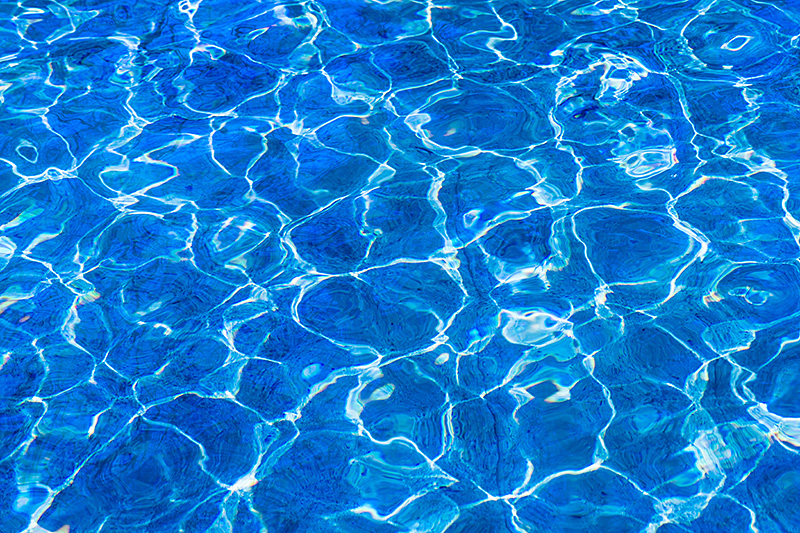- Jun 18, 2024
- 49
- Pool Size
- 14000
- Surface
- Fiberglass
- Chlorine
- Salt Water Generator
- SWG Type
- Jandy Truclear / Ei
Hi all,
New pool owner here, ~12k gallon, SWG, sand filter.
Inherited it in less than perfect shape a few weeks ago, then found out the pump had to be replaced. Only got a new one up and running for about a week.
TF-Pro kit is on the way (if I had done enough research, I would have ordered the test a month ago, oh well); during this past two weeks I have only been getting by with test strips from the previous owner, passively adding chlorine to the pool a couple of times a day (not proper SLAM I know) and brushing and vacuuming daily.
The water finally cleared up yesterday and I had it tested at the local pool store for the first time. The results are
FC: 2 ppm
CC: 0 ppm
pH: 7.7
Hardness: 120 ppm
Alkalinity: 180 ppm
CYA: 7 ppm
Copper: 0.2 ppm
Iron: 0.1 ppm
Phosphate: 40 ppb
Salt: 2700 ppm
Clear water and 0 CC sound encouraging, but it looks like there is still dark greenish/yellowish stuff in the pool, especially at the bottom and on the steps, which reappears hours after I vacuum.
Is it possible that algae is still present?
What are my next steps, assuming the test kit is still several days away?
And the most stupidest question, is it okay to go in for a swim in this condition, if not how long should I expect to wait? I really want to swim
New pool owner here, ~12k gallon, SWG, sand filter.
Inherited it in less than perfect shape a few weeks ago, then found out the pump had to be replaced. Only got a new one up and running for about a week.
TF-Pro kit is on the way (if I had done enough research, I would have ordered the test a month ago, oh well); during this past two weeks I have only been getting by with test strips from the previous owner, passively adding chlorine to the pool a couple of times a day (not proper SLAM I know) and brushing and vacuuming daily.
The water finally cleared up yesterday and I had it tested at the local pool store for the first time. The results are
FC: 2 ppm
CC: 0 ppm
pH: 7.7
Hardness: 120 ppm
Alkalinity: 180 ppm
CYA: 7 ppm
Copper: 0.2 ppm
Iron: 0.1 ppm
Phosphate: 40 ppb
Salt: 2700 ppm
Clear water and 0 CC sound encouraging, but it looks like there is still dark greenish/yellowish stuff in the pool, especially at the bottom and on the steps, which reappears hours after I vacuum.
Is it possible that algae is still present?
What are my next steps, assuming the test kit is still several days away?
And the most stupidest question, is it okay to go in for a swim in this condition, if not how long should I expect to wait? I really want to swim


 Let's not try to rush things until your test kit arrives. Good choice by the way.
Let's not try to rush things until your test kit arrives. Good choice by the way.  No guesswork and we'll have very accurate results to reply upon. Until then, continue with what you are doing by adding some chlorine each day and brush it around. Start reviewing the
No guesswork and we'll have very accurate results to reply upon. Until then, continue with what you are doing by adding some chlorine each day and brush it around. Start reviewing the 
 Hind-sight is 20/20.
Hind-sight is 20/20. 

 Can you grab it between your thumb & index finger? Does that stuff go "poof" into a cloud if you brush it?
Can you grab it between your thumb & index finger? Does that stuff go "poof" into a cloud if you brush it?



